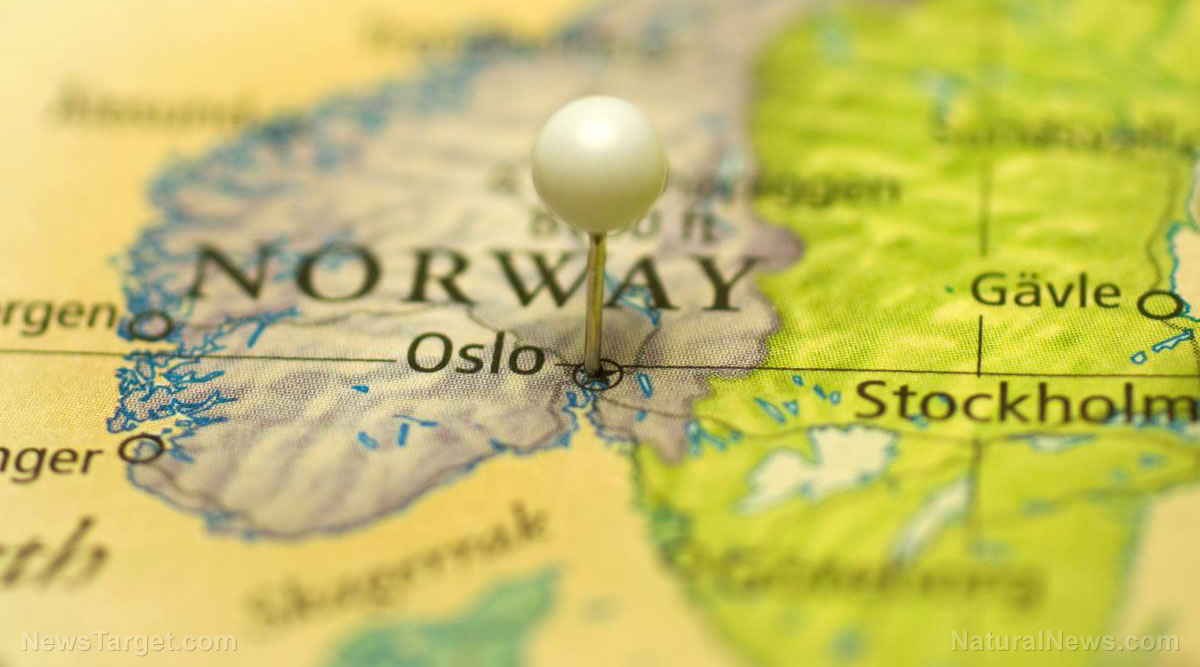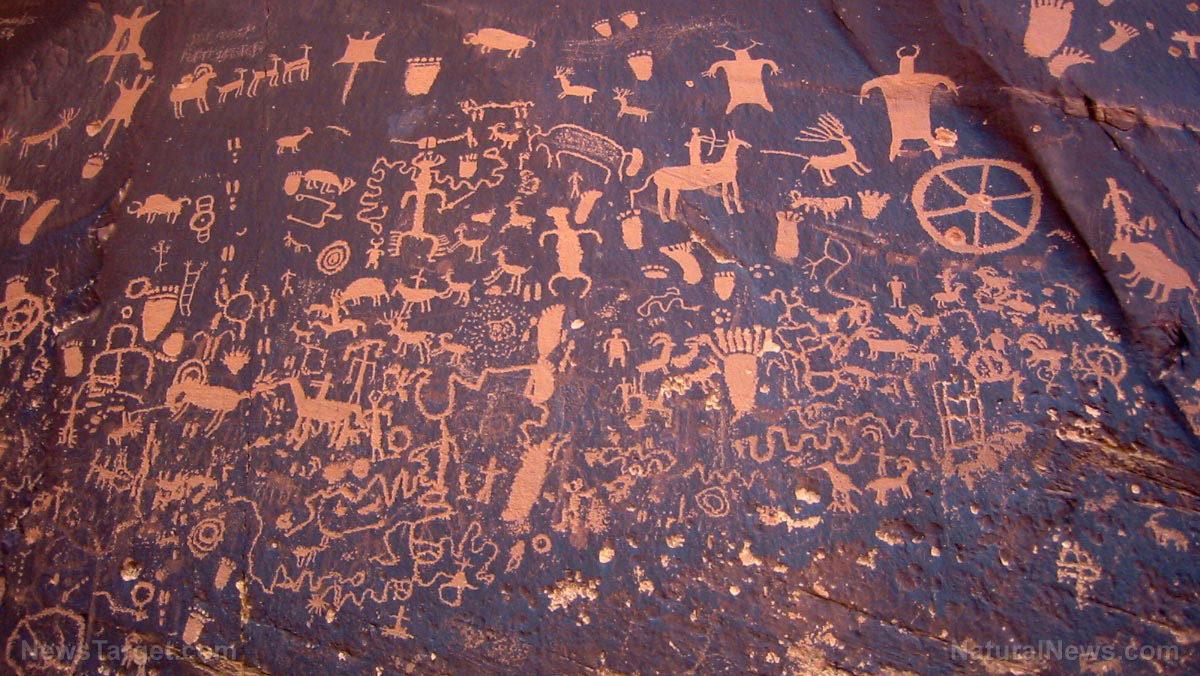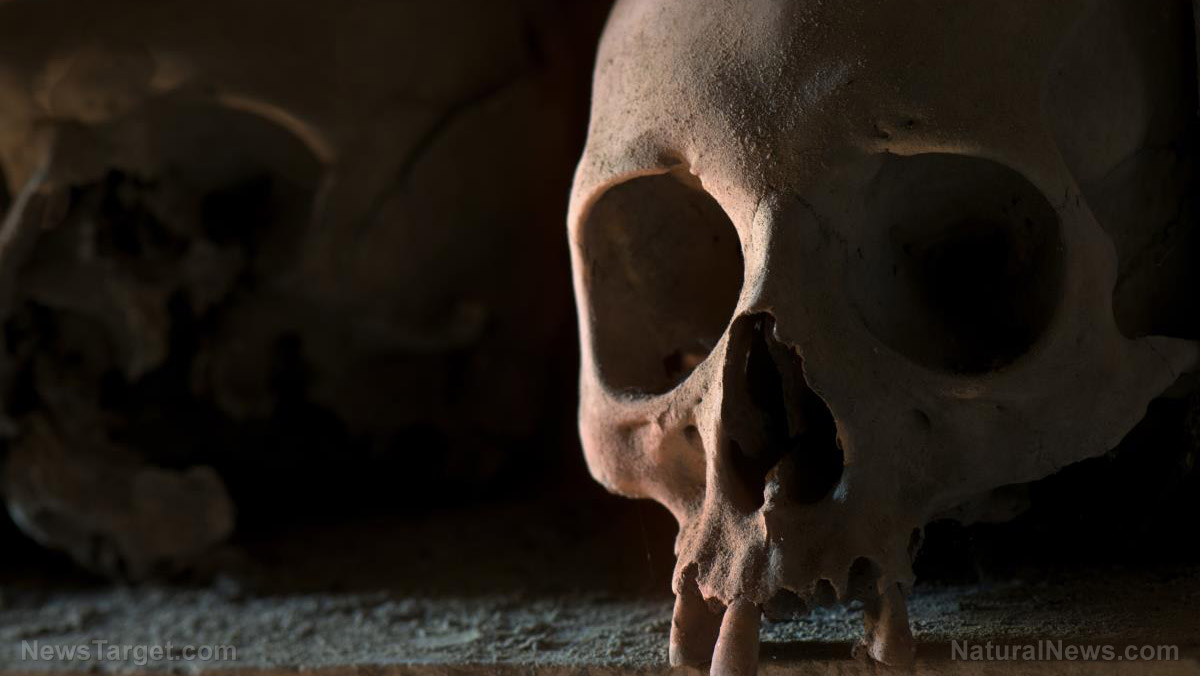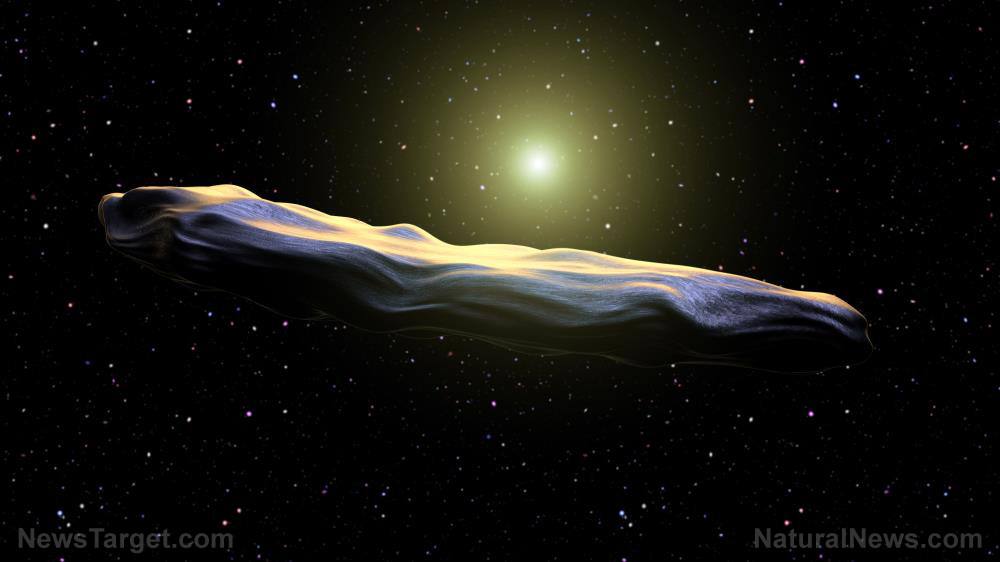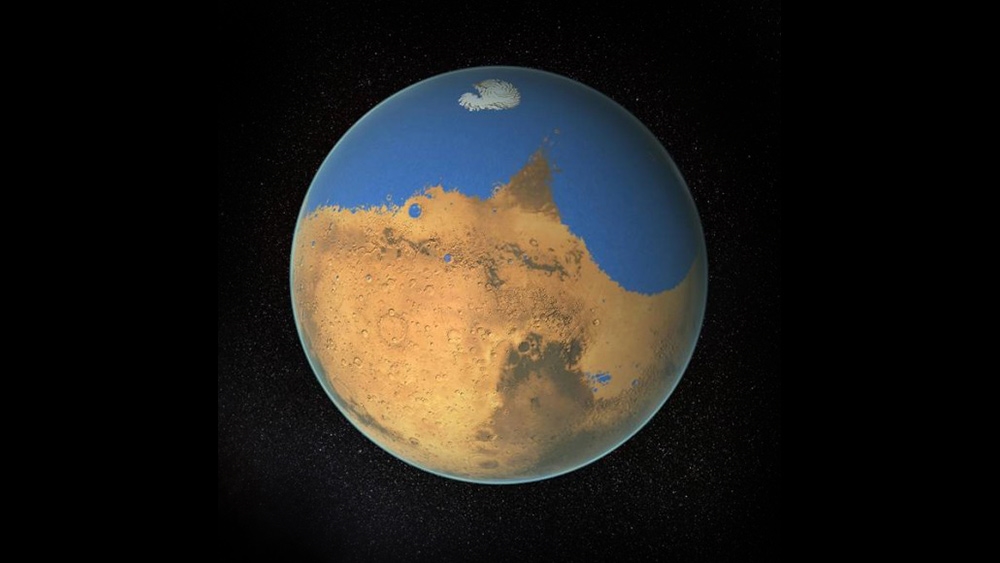Prehistoric DNA study uncovers previously unknown group of people that lived in Siberia thousands of years ago
01/19/2023 / By Kevin Hughes

Scientists examining prehistoric DNA have found a previously unknown group of hunter-gatherers that lived in Siberia possibly more than 10,000 years ago. They determined that the mysterious group in Siberia’s Altai area was a mixture between two distinct groups that lived in Siberia during the last Ice Age.
The Altai – situated between northern Siberia, Central Asia and East Asia – served as an intersection for migrating peoples for millennia. It is today situated near the intersections of modern-day Russia, China, Mongolia and Kazakhstan.
This group’s existence was proven by the discovery of the bodies of several persons at the Altai’s Nizhnetytkesken Cave. Among them were remains of a man wearing a religious garb and having artifacts in his possession, his role appearing to be that of a shaman. He was estimated to be between the age of 40 and 45 at the time of death, according to the researchers.
The shaman’s bones date back around 6,500 years, making him a contemporary of the newly discovered Altai group. However, the research team’s study showed that he had genetic ties with groups in the Russian Far East, more than 900 miles to the west of his remains.
Earlier research in the Altai yielded initial evidence of the Denisovans, a much older human lineage. The Denisovans, alongside the Neanderthals, are the nearest extinct relatives of modern humans.
In the latest study, the scientists examined 10 prehistoric human genomes from earlier identified individuals who lived in North Asia 7,500 years ago. Despite this, much remains unknown about the genetic makeup of the people who lived in this important area at that time.
According to study co-author Cosimo Posth of the University of Tubingen in Germany, this is because prehistoric human remains with enough DNA to study from the Altai region “are extremely rare and hard to find.”
Study also discovered cross-continental migration of DNA
The study also discovered that gene flow of human DNA not only journeyed from Asia to the Americas as was earlier known, but also in the opposite direction which means people were moving along the Bering Land Bridge. Also called Beringia, this land bridge that once linked North Asia with North America is now inundated by the Bering Strait.
North Asia, specifically the area extending from western to northeastern Siberia, was crucial in mankind’s journey across the world.
Earlier studies have shown that the first people to come to the Americas, at least 13,000 years ago, possibly arrived either across or along the coast of Beringia. DNA from these prehistoric hunter-gatherers was found in many later communities across North Asia, from the Bronze Age (about 3000 B.C. to 1000 B.C.) to the present day. Posth remarked that this movement showed “how great the mobility of those foraging communities was.” (Related: Discovered artifacts suggest humans first arrived in America a MILLENNIUM earlier than researchers previously thought.)
Lead study author Ke Wang of China’s Fudan University, meanwhile, expressed surprise upon the discovery of the shaman’s remains.
“This implies that individuals with very different [genetic] profiles were living in the same region,” he said. “[The shaman’s] grave goods appear different from other archeological sites, implying mobility of both culturally and genetically diverse individuals into the Altai region.”
Ke added that the Altai group was genetically connected to the Tarim Basin mummies found buried in a barren desert in China’s western Xinjiang autonomous region.
Geneticist Vagheesh Narasimhan of the University of Texas at Austin, who was not part of the study, put in his two cents on the findings.
“This work presents a new sample from northeastern Asia to support these results,” he said. “While there has been a lot of work showing flows of genetic ancestry into the Americas, there has been less evidence for backflow from the American continent to Eurasia.”
Discoveries.news has more stories about ancient people.
Watch this video that expounds on what really happened to the “extinct” humanoid species on Earth.
This video is from the Evolutionary Energy Arts channel on Brighteon.com.
More related stories:
Ancient human remains unearthed in Ethiopia older than previously thought, reveals study
Scientists find new mystery human ancestor whose DNA remains in people today.
Sources include:
Submit a correction >>
Tagged Under:
Altai, ancient history, artifacts, Bering Land Bridge, Beringia, breakthrough, Denisovans, discoveries, DNA, hunter gatherers, land bridges, migration, neanderthals, North Asia, prehistoric man, real history, research, Siberia
This article may contain statements that reflect the opinion of the author
RECENT NEWS & ARTICLES
COPYRIGHT © 2023 Prehistory.news
All content posted on this site is protected under Free Speech. Prehistory.news is not responsible for content written by contributing authors. The information on this site is provided for educational and entertainment purposes only. It is not intended as a substitute for professional advice of any kind. Prehistory.news assumes no responsibility for the use or misuse of this material. All trademarks, registered trademarks and service marks mentioned on this site are the property of their respective owners.

